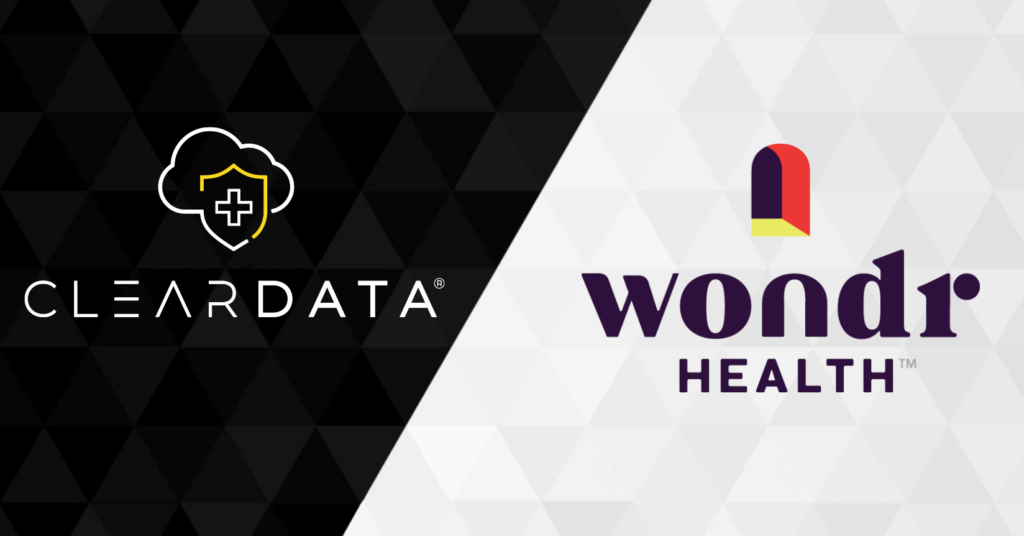There has not been a time in history where healthcare IT dominated the headlines the way it has in the last 90 days under the rage of COVID-19. One area of explosive growth and changing regulations is telehealth/telemedicine.
Simply put, telehealth is the delivery of healthcare via technology. Recently, the Department of Health and Human Services made an announcement that freed up provider organizations using telehealth so they could communicate directly with patients using modern technologies that are not necessarily covered by the required Business Associate Agreement or HIPAA regulations, such as FaceTime and Zoom. As I’m writing this tonight, the FCC recently released guidance for healthcare providers applying for funding under a new COVID-19 Telehealth program. The funding is designed to give providers resources to improve “connected health programs to patients in their homes and other remote locations.”
With this surge in telehealth it’s possible that you, like me, have had a recent appointment with your physician using remote technologies. As we continue to engage in social distancing and self-isolation, many medical practices are actually not allowing patients to walk in, but are instead requiring patients to call in, and if suspected of having contracted COVID-19, will direct them to telehealth sessions en route to testing sites to lessen the risk and exposure for all.
So, it seems like a good time to look at healthcare technology use cases for telehealth, and what this means to patients and providers.
A lot of healthcare IT companies or SaaS (Software as a Service) organizations are building telehealth capabilities into their platforms. There are four primary ways telehealth is being developed and delivered today. Let’s look at each:
Real Time
With Real Time telehealth, there is a health consultation that is done through interactive technologies where the provider or care giver use videoconferencing for management or diagnosis of a health concern. The primary use case we are seeing today is diagnosis and treatment of COVID-19, but there are strong telehealth programs in nutrition, neurology and trauma, and even teledentistry.
Store and Forward
The second IT use case for telehealth is known as Store and Forward. The concept is someone in the medical profession takes your Protected Health Information (PHI) with your knowledge and consent, and then transmits it to another location and or provider. This is increasingly common with medical imaging being shipped to a provider who then takes it offline and assesses the situation. In Store and Forward there is not a need for live conferencing, however the records must be (in accordance with HIPAA regulations) transmitted in a secure fashion, usually a secure ‘bucket’ in the public cloud. It’s probable that there will be follow up from a radiologist or pathologist who might also engage with larger data sets to run machine learning and predictive modeling to get a more accurate diagnosis than humans alone are able to provide.
Remote Monitoring
A third form of telehealth, which I find fascinating, is the growing field of remote monitoring. Patients often no longer have the burden or expense of having to check into a facility for an extended amount of time to have vitals monitored. With remote monitoring there may be a small device physically attached to your body and or you may have an app on your smart phone or watch that alerts you to changing vital signs. ClearDATA is working with Infobionic, which has developed a remote monitoring device for cardiac diagnostic services. Most remote monitoring focuses on some kind of chronic disease, be it heart disease, diabetes, respiratory or other. Doctors can get a deeper and broader data set of your situation in real time. In the case of a glucose monitor, for example, your phone can alert you and your designated loved ones with alerts that are life-saving, and when acted on in real time can also avoid costly and stressful hospital visits. Additionally, when your monitor indicates you have exceeded thresholds in some regard, your provider can schedule an immediate Real Time telehealth session to talk to you about your situation and effectively arrest and improve your situation.
Video for Special Needs
The fourth concept I am seeing is the use of video or live audio conferencing not only for live interaction but also to assist and engage interaction with patients that are hearing or sight impaired. It may involve having a signer and a provider on screen together, or it may have video relaying transcriptions for a reader.
Tech Innovation in the Telehealth Wave
There are many different approaches and many different technology companies engaged in this burgeoning marketing. There are established leaders in the telehealth movement who were part of the early wave and continue to grow their usage. These include names you probably recognize and may have used such as TeleDoc, MD Live, Call a Nurse, or Doctors on Demand.
I also see a lot of smaller start-ups coming into the market with some amazing cloud-born innovations. Each has their unique take on the market or niche they serve and include the likes of Beam, Zipnosis, Hale Health, Nutrimedy or Gyant as a few interesting examples.
Nutrimedy is focused on B2B across biotech and health systems and provides evidence-based clinical nutrition management directly back to the patient. Beam is a free text-based system for primary care physicians to capture information for billable telemedicine visits. You’ll also see some larger organizations getting into telemedicine to serve a significant pool of employees such as Amazon did with Amazon Care, initially built for their Seattle-based employees with live video and nurse chat.
So if you think about what is possible and necessary in the current world in which we find ourselves fighting COVID-19, a patient can schedule a consult over a video from their home computer, tablet or smart phone, the physician or their assistant can pull the patient record from an electronic medical record (EMR), discuss and diagnose, and even have the prescriptions issued and delivered to the patient’s door, all without the risk of leaving the house.
Considerations for Patients
In addition to the convenience, patients should consider other key aspects including the use and transmission of their PHI. How is their data secure? If it’s a video consult, how is that information protected and transmitted? Is there an app or portal they can access to review the session, or to schedule a next appointment or consultation? Can a prescription be ordered and delivered from within the platform? What are the guidelines if their primary care physician cannot help them – can they be referred to a specialist from within the telemedicine platform? Your PCP can and should be able to answer these questions.
Considerations for Providers
The provider has a different set of concerns, primary of which is how the telehealth platform or app integrates into their EMR (electronic medical record system). Are there transcription capabilities, perhaps with Natural Language Processing? Can the platform pull and push data in both directions? What is the user experience – it needs to be good for the patient, but it also has to work within the practice’s workflow – hopefully in a way that streamlines work, as one of the drivers of telemedicine in addition to access for the patient is the ability of the provider to see more patients in times of surge as we see now with the pandemic. Finally, critically important to all providers are the safety and privacy concerns for the transmission, use, and storage of PHI.
Telehealth on the Healthcare Cloud
At a time of incredible hospital crowding and shortage of resources, telehealth allows care givers to identify those who can be helped outside of a hospital and triage in that way, freeing up needed beds. The care is not lessened. In fact, in many ways I see telehealth as able to improve healthcare because of the access to real time data. Using data masking or deidentification tools, healthcare organizations can protect the data that needs to be protected and still use the other valuable data in their database to run machine learning algorithms. These let us glean useful insights that can provide better diagnosis and care and, pandemics aside, also let us address issues like the social determinants of health better when not facing a medical crisis head on.
In closing, the benefits of the cloud for telehealth are simply exponential. Cloud workloads can scale in minutes not months. The opportunity for developers to innovate within guardrails using native cloud apps and APIs is possible thanks to software like ClearDATA Comply™ and its Automated Safeguards. And organizations can not only scale up quickly, they can also scale back down when the crisis is past so providers or payers are only paying for the workloads they need, when they need them. Big data can be accessed and used in ways on-premise cannot do. The ability to manage costs, scale, and innovate are accompanied by the added layers of security available on the cloud where security is baked into the architecture and then supplemented by the work ClearDATA provides. And with AI and machine learning, we can anonymize and deidentify data to run algorithms that provide predictive insights in ways we could never do on premise.
So, my prediction is telehealth is here to stay and about to get really big, and I think we will all benefit from that. There’s still much to learn about and innovate around, but a fascinating rise of solutions are meeting these incredibly challenging times we face.
Want to learn more about how ClearDATA can help secure sensitive data and maintain compliance for telehealth and virtual care platforms? See how we are helping our customer Synzi manage and monitor their virtual care platform’s compliance:


